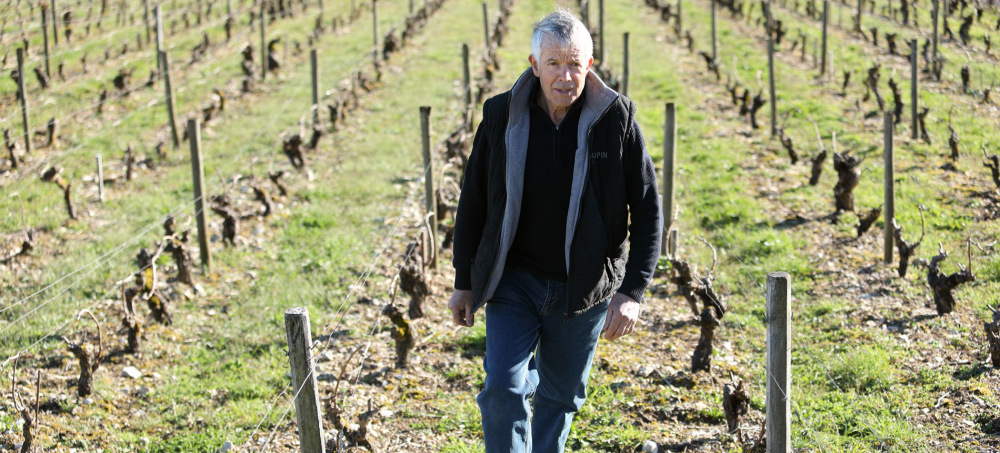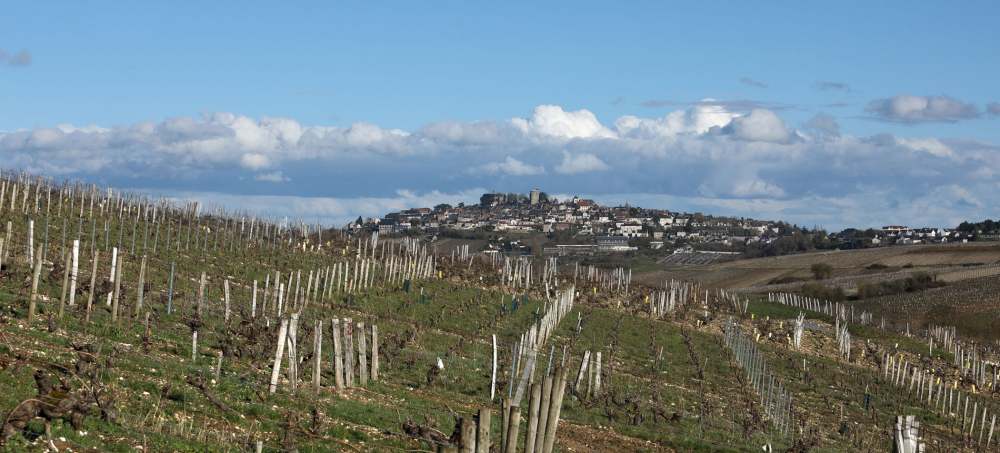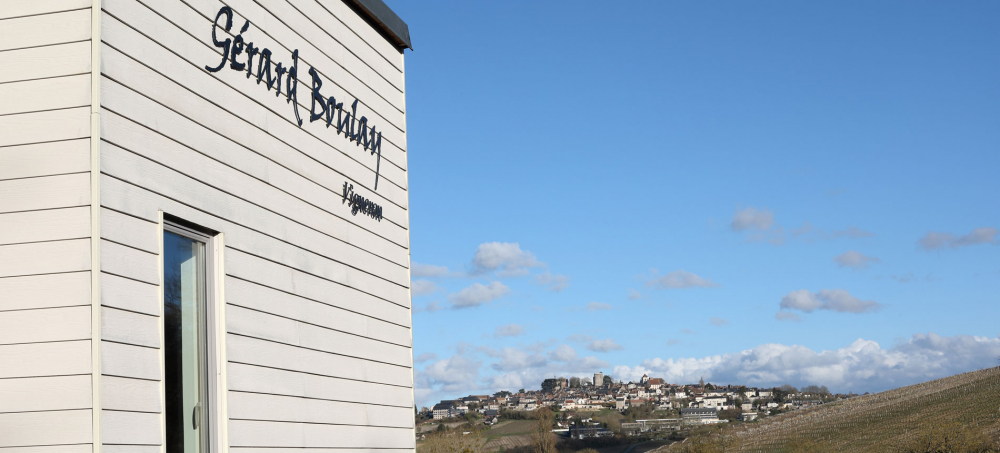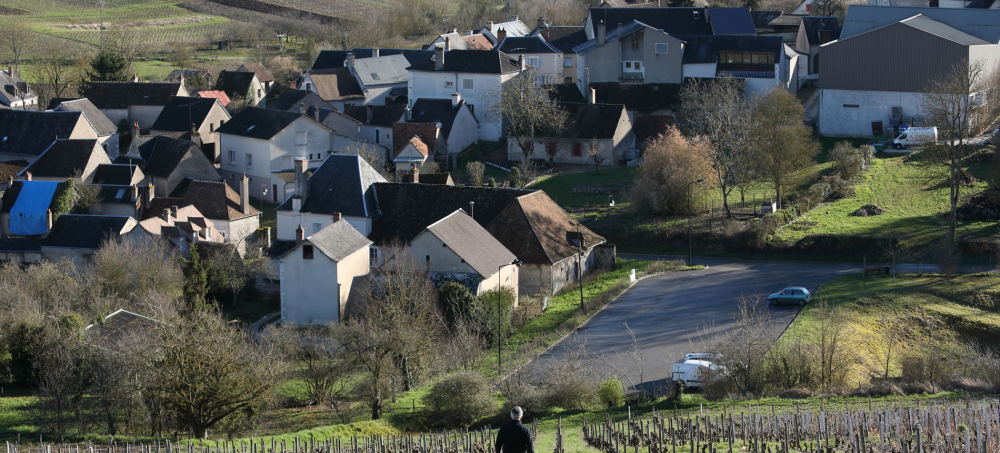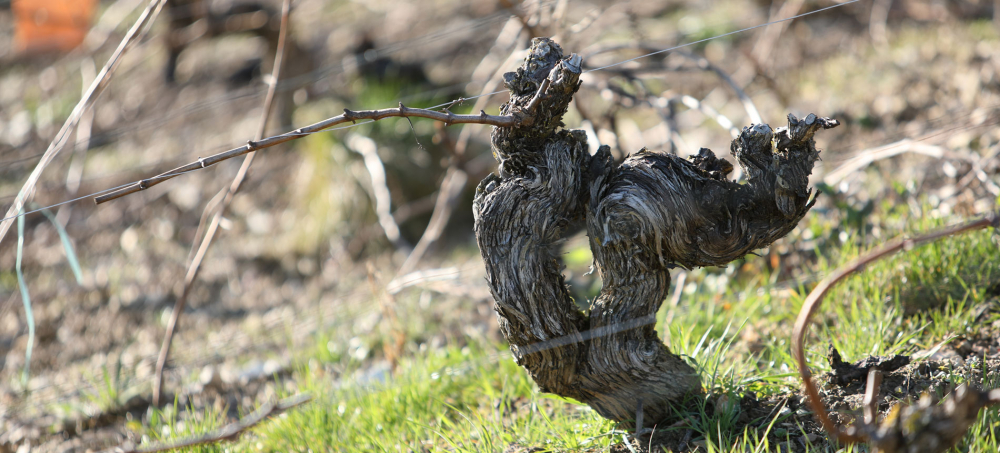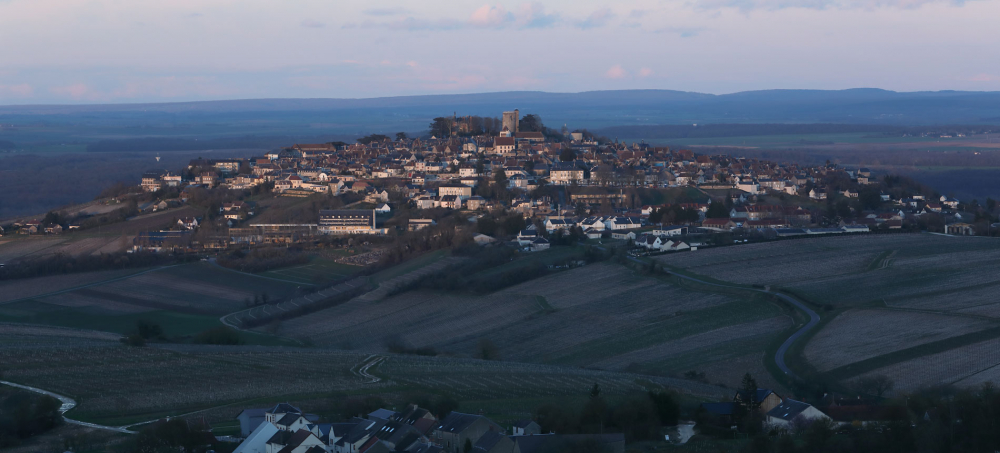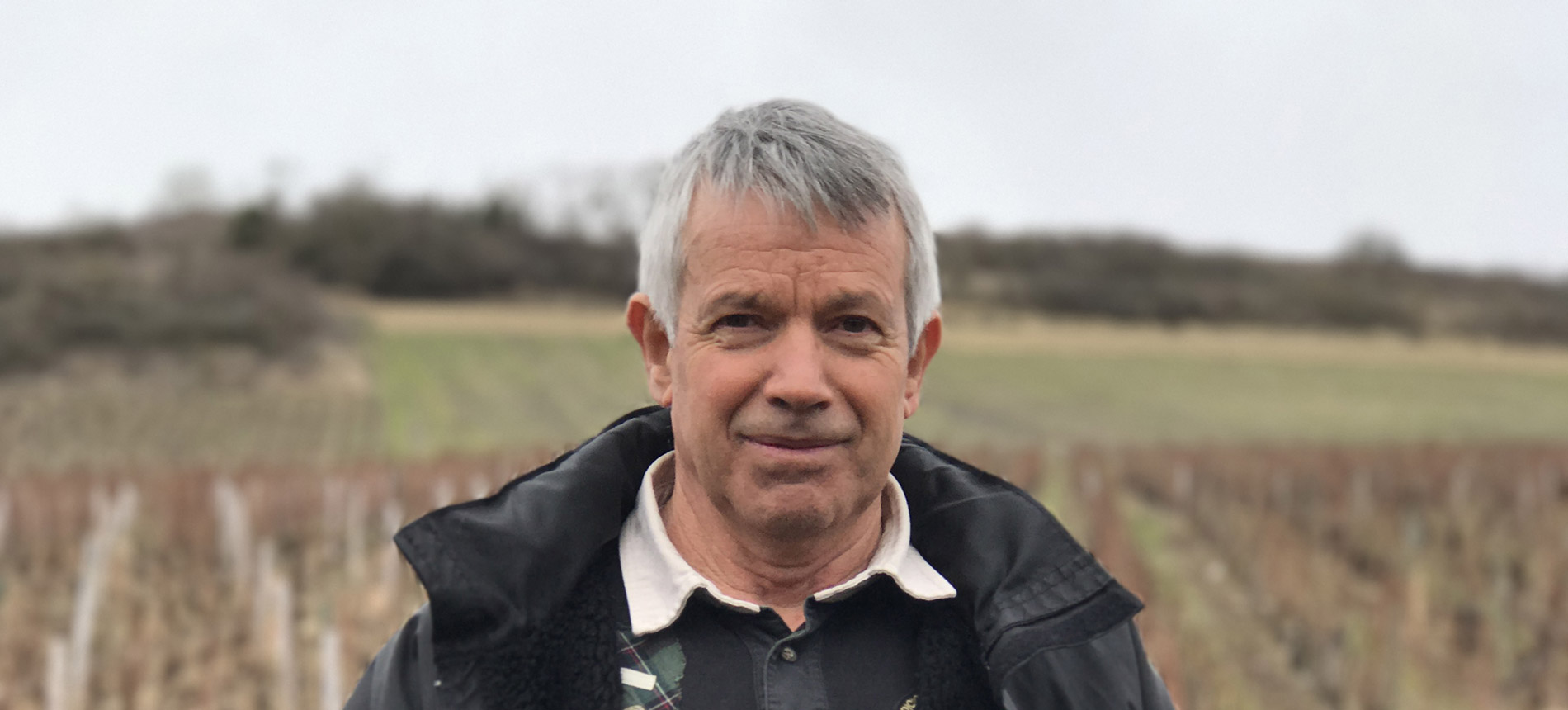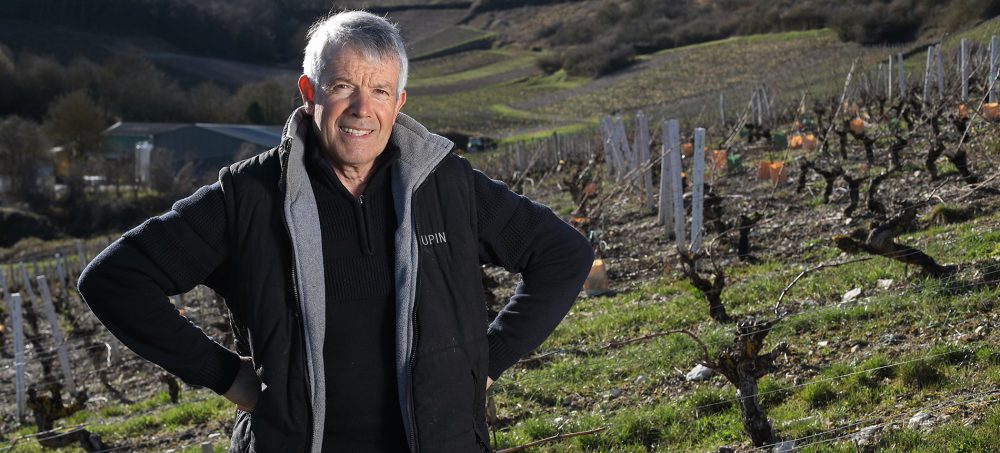This family domaine of 9ha located in Chavignol can trace its history back to 1380. The land records for that year mention a Jean Boulay as owner of vineyards in Chavignol. At the time, the Clos de Beaujeu in Chavignol was already known for the quality of its white wine which is remarkable since Sancerre was known as a red wine area until after phylloxera invaded it. In the 14th century the Clos de Beaujeu supplied the Cathedral of Bourges with white wine.
Of the 9ha owned by Gerard Boulay, 8 of the hectares are on the slopes of Chavignol on Kimmeridgian or “terre blanche” soils (similar to the soils in Chablis), which he works manually and has farmed organically since 1990. The youngest vines at the domaine were planted by Mr. Boulay in 1972 and the average vine age is approximately 45 years old. The wines ferment naturally in tank and with the exception of the Chavignol tradition which is also aged in tank, the parcellaire wines are aged in in a mix of Foudres and used 300L barrels. Gerard adds no yeast and little to no SO2 during vinfication. He describes his role as one of “surveillance” to make sure nothing goes wrong. In general he works by instinct, “au feeling” because he wants to “let the wine live” and tries not to interfere with the natural process. “C’est la nature qui fait le vin” (Nature makes the wine). Boulay and Mother Nature team up to produce the following wines:
Sancerre Chavignol - Blend of young vine parcels on kimmeridgian slopes in the village of Chavignol.
Sancerre Clos de Beaujeu - One of Chavignol's most historic vineyards, Boulay's parcel lies within the original Clos of the vineyard, established by the monks of Beaujeu in the Middle Ages. The walls of the Clos are no longer standing as they were originally built from clay and hay, and did not withstand the test of time. Boulay farms a 0.75 hectares plot of 30- to 60-year old vins where the soils are pebbly, lime-rich and strewn with fossils. Along with the 60% gradient for much of the vineyard, the rocky soils make this parcel very difficult to farm. Clos de Beaujeu is the source of some of Boulay's deepest, most structured wines and savory, spicy examples of Chavignol that are built to last.
Sancerre Monts Damnés - Boulay began farming the steeply sloped Mont Damnés vineyard in 1982. His plot has an average vine age of 45 years. Mont Damnés’ reflective soils and south-facing exposition make it one of Chavignol’s warmest sites.
Sancerre Comtesse - From 50-75 year old vines located in the sweet spot of the Mont Damnés vineyard (bottom of the slope, near Clos La Neore of Vatan), this is often the most powerful wine from Boulay's lineup. Vintage 2005 was the inaugural release.
Sancerre La Côte - Boulay’s parcel in “La Grande Côte,” which is partially owned and partically rented, is one of three designated Crus of Chavignol and is reputed for producing wines of incredible precision. Vintage 2010 was the inaugural release.
Sancerre Rosé - Unlike many Sancerre Rosés, Boulay’s Rosé is not made from a selection of young vines but rather from 35-40 year old Pinot Noir vines located on the steep hillsides in front of the his home in Chavignol.
Sancerre Rouge "Oriane" - Boulay makes tiny amounts of still red Pinot Noir from these same vineyards as the rose. Aged in used 300-liter casks.
Overall, Gerard Boulay's “terre blanche” vineyards produce some of the most distinctive and soil-inflected Sauvignon Blancs in the Loire, with a delineation and minerality often reminiscent of a top Chablis. Boulay is certainly among the top examples of the appellation, including Boulay's neighbors (Cotat Bros., Vatan). These are gorgeous, highly complex wines that are a clear step above "regular" Sancerre, and can age easily for 10-20 years or more. In fact, we have had them all the way back to the 1959 which was magnificent! They confirm Boulay's place in the top ranks of Loire Valley vignerons.
